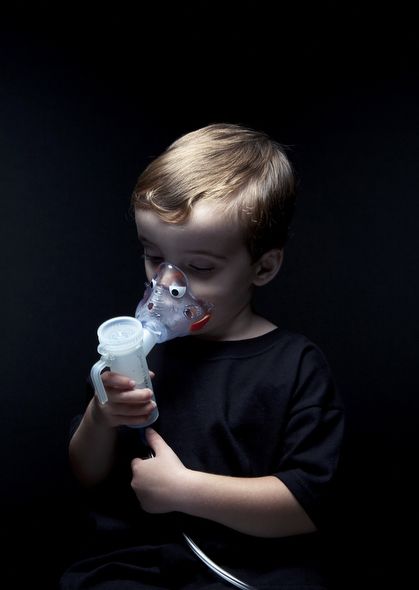
A Year in Review, and the Search for a Cure: Cystic Fibrosis Research Highlights from 2017
The life expectancy of those with cystic fibrosis has been on an upwards swing for quite some time now, thanks largely to medical advances in diagnostic and treatment capabilities. However, the search for a cure is still very much an urgent necessity, as cystic fibrosis continues to claim beautiful lives and shatter families.
In light of this, it makes sense to keep an eye on ongoing research towards a cure for this deadly genetic disease. So here you’ll read about research on cystic fibrosis that was rolled out last year, in 2017. What follows is a brief summary of two 2017 studies on potential cures for cystic fibrosis.
Study #1, January 2017 – “Can Cystic Fibrosis Patients Finally Catch a Breath With Orkambi?”
This study took a good look at the Orkambi treatment protocol – which consists of a drug combination of lumacaftor and ivacaftor. In principle, at least, these drugs are able to correct many of the molecular causes of cystic fibrosis (read this for a friendly guide to the biology of cystic fibrosis).
Since cystic fibrosis is fundamentally caused by a malfunctioning protein – the CFTR protein – both lumacaftor and ivacaftor act on the protein in distinct ways to improve its function (such that this protein behaves in the way it does in healthy human cells). This drug combo is dubbed the Orkambi protocol, and requires a daily oral dose of lumacaftor and ivacaftor every 12 hours.
The study referenced above reviewed all available clinical data on the Orkambi protocol, and concluded that – at present – this is not much of a cure for cystic fibrosis, but more of a strategy for managing symptoms. As the study noted, “Orkambi therapy displayed only modest improvements in lung function and pulmonary exacerbations.”
Furthermore, the cost of this therapy is quite prohibitive – around $259,000 USD per year.
Nonetheless, this study ended on an upbeat tone, with the conclusion that “…the long-term benefits of Orkambi require further assessment and we are all curiously awaiting the results of long-term…studies for these two revolutionary CF drugs.”
Study #2: June 2017 – “Correcting CFTR folding defects by small-molecule correctors to cure cystic fibrosis”
Released in the summer of last year, this report began with the following premise: since cystic fibrosis is often caused by a damaged, misshapen CFTR protein – how can we correct the shape of this protein, such that it functions correctly? (Just like a few mismatching gears can destroy the functionality of a watch, a few badly-shaped proteins – like CFTR – can wreak havoc on the human body.)
The report went on to answer that question it posed by reviewing current research drugs that could “fix” the badly-shaped CFTR protein in individuals with cystic fibrosis. For example, it noted that two therapeutic research medicines – Cavosonstat and Riociguat – have shown promise in correcting the function of damaged CFTR proteins.
However, this review of available research medicines showed that none of them individually are able to completely correct the badly-shaped CFTR proteins; hence the need for combination drug protocols (like Orkambi, mentioned above).
The study wrapped up with the following note: “The near future will see a number of these drug combinations approved for CF, with the expectation that significant rescue, close to a cure for CF, will be obtained.”
As you can see, there’s still much research that must be done to finally cure cystic fibrosis. This research requires funding, which is why JWLS donates a portion of all profits to Cystic Fibrosis Canada. To shop JWLS watches and help the fight against cystic fibrosis, go here.
(For other ways you can support research on cystic fibrosis, read this.)




